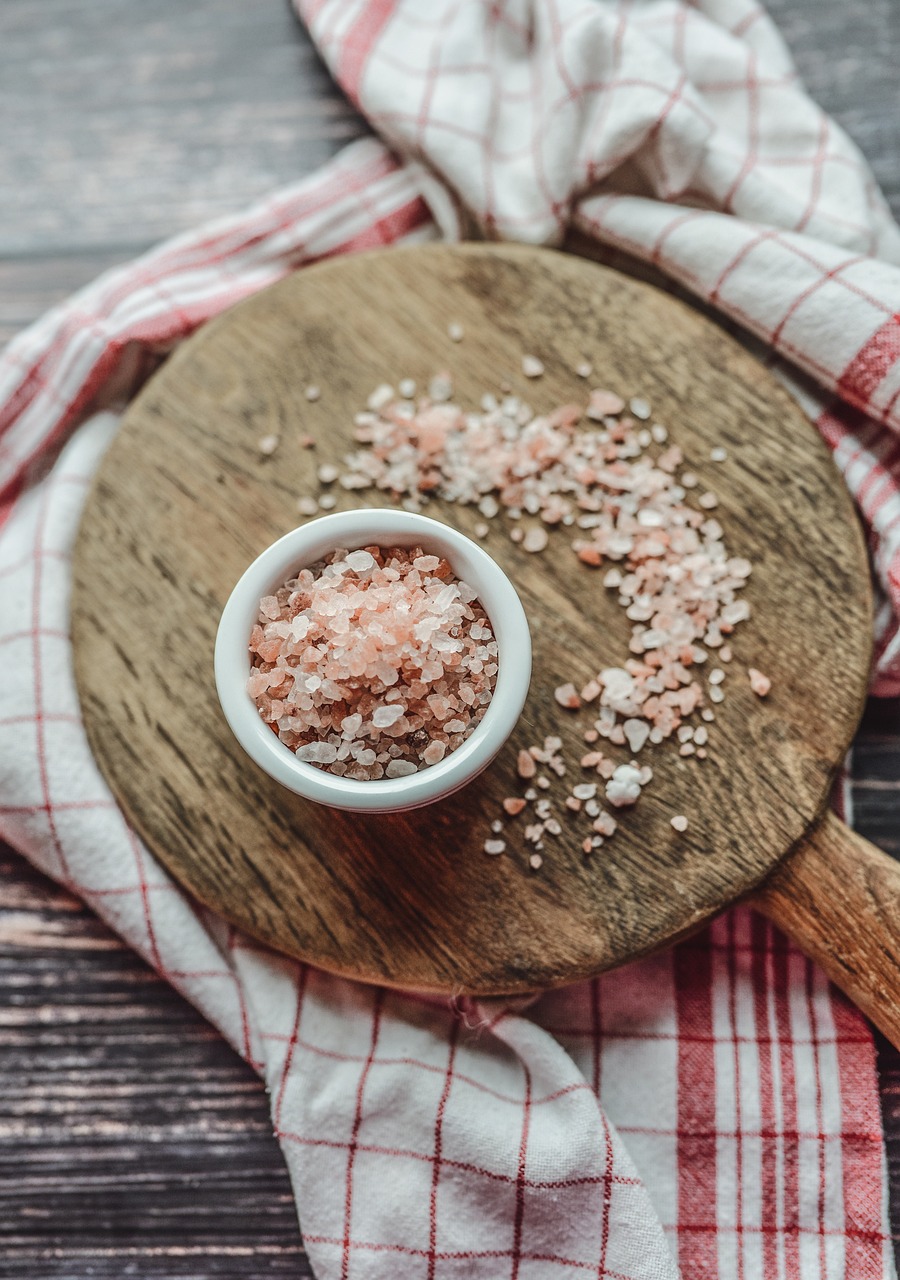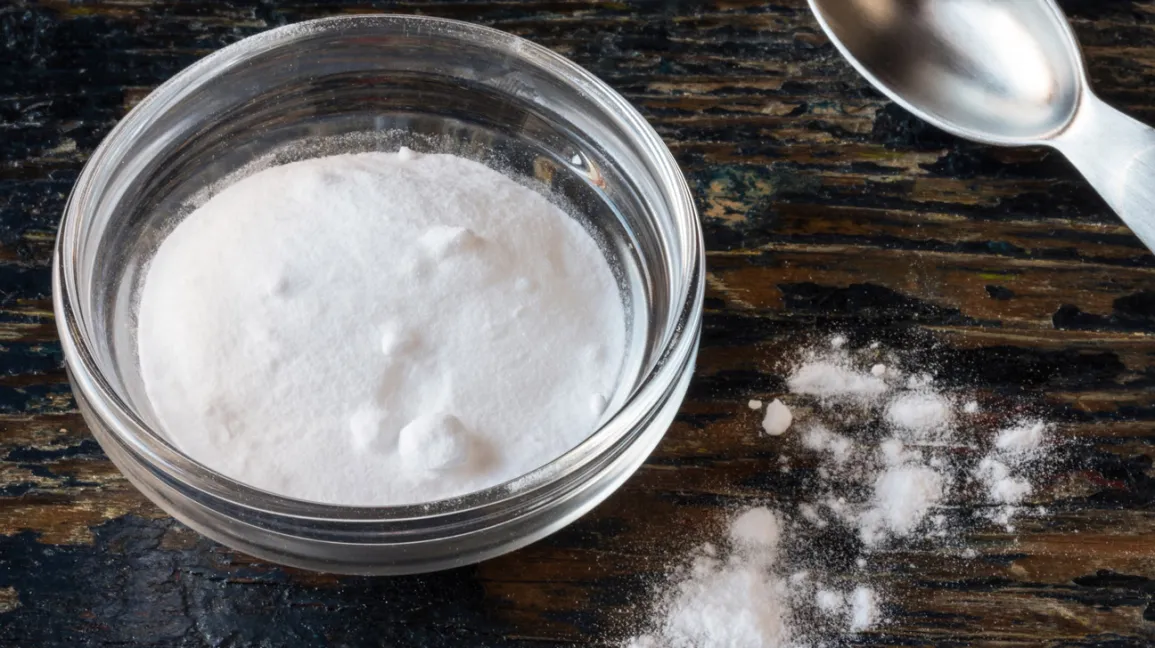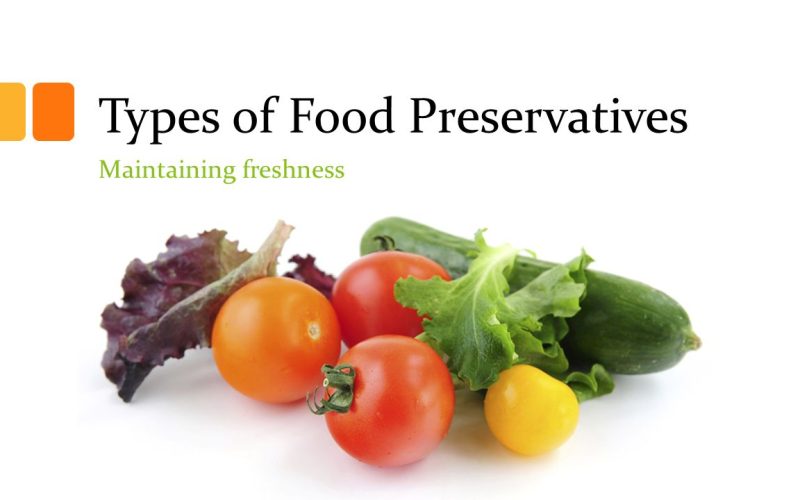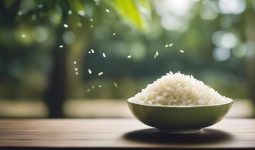Spoiled food is a common problem that many of us face on a daily basis.
And the only solution to this is to preserve food with different types of food preservatives.
Whether it’s a loaf of bread that has gone stale or fruits and vegetables that have become moldy, food spoilage can lead to the wastage of resources and money.
Fortunately, there are several ways to preserve food to extend its shelf life.
In this blog post, we will explore the different types of food preservatives that are commonly used, including natural and artificial preservatives, and provide you with some tips to keep your food fresh for longer.
Say goodbye to spoilage and say hello to a healthier, more sustainable lifestyle.
Preservatives are substances added to food products to prolong their shelf life by preventing spoilage caused by microbial growth or oxidation.
They are essential in our food supply chain to ensure that food products remain fresh and safe for consumption.
There are three main types of food preservatives – natural, chemical, and artificial.
Let’s take a closer look at each of these types.
Different Types of Food Preservatives
1. Natural Food Preservatives

Natural preservatives are derived from plants, herbs, and spices and have been used for centuries to preserve food.
These preservatives include salt, sugar, vinegar, lemon juice, and citric acid.
They work by creating an environment that is hostile to the growth of bacteria and fungi.
Many people prefer natural preservatives as they are perceived to be safer than their chemical counterparts.
In the world of food preservation, natural preservatives have gained much attention lately.
As the name suggests, natural preservatives are derived from natural sources and do not contain any artificial ingredients.
One of the most common natural preservatives is vinegar, which is often used in pickling to preserve vegetables.
Salt is another natural preservative commonly used in meat preservation.
Honey is also an excellent natural preservative that can be used to preserve fruits and other perishable foods.
Another natural preservative that has been gaining popularity is Rosemary extract.
This extract contains antioxidants that are believed to slow down the spoilage of food.
It can be used as a natural preservative for meat, cheese, and other dairy products.
Citric acid is also an effective natural preservative that is commonly used in fruit juices, soft drinks, and canned foods.
It works by inhibiting the growth of microorganisms that cause food spoilage.
Natural preservatives are gaining momentum, mainly because they are believed to be safer than chemical preservatives.
Natural preservatives also tend to be milder than chemical preservatives and do not alter food’s taste, flavor, or texture.
In summary, natural preservatives are derived from natural sources and are commonly used in food preservation.
These preservatives tend to be safer and milder than chemical preservatives. They include vinegar, salt, honey, Rosemary extract, and citric acid.
If you are looking for natural ways to preserve your food, consider using these natural preservatives.
2. Chemical Food Preservatives

Chemical preservatives are synthetic compounds that are manufactured in laboratories.
They are used to prevent microbial growth, delay oxidation, and maintain the appearance and texture of food.
Examples of chemical preservatives include sulfites, benzoates, sorbates, and propionates.
Chemical preservatives are commonly used in processed and packaged foods as they are effective in preventing spoilage.
Chemical preservatives are created through synthetic processes to ensure the food’s longevity.
They are usually cheaper and have a longer shelf life, which makes them an attractive option for manufacturers.
However, they also tend to have a negative reputation due to their possible side effects on human health.
One of the most commonly used chemical preservatives is sodium benzoate, which is used to prevent bacteria and yeast growth in acidic foods.
It is commonly found in soft drinks, fruit juices, and condiments.
However, it has been linked to hyperactivity in children and may cause skin and respiratory irritation in some individuals.
Other popular chemical preservatives are butylated hydroxyanisole (BHA) and butylated hydroxytoluene (BHT), which prevent spoilage in fatty foods such as meats, chips, and cereals.
They are known to be carcinogenic and have been linked to liver and kidney damage.
Propylene glycol is a chemical used to maintain the texture and moisture of packaged foods.
It is also found in antifreeze, and high levels of consumption have been associated with kidney damage and central nervous system depression.
Regulatory agencies have approved chemical food preservatives, but awareness of their potential health effects is essential.
Limiting their consumption and opting for natural alternatives whenever possible is best.
Overall, it is important to consider the type of preservative used in our food to ensure that we are consuming safe and healthy products.
By being aware of the different types of preservatives, we can make informed decisions about what we put into our bodies and limit our exposure to potential health risks.
3. Artificial Food Preservatives
Artificial preservatives are created through chemical processes and are not found in nature.
They are designed to extend the shelf life of food products and improve their appearance.
Examples of artificial preservatives include butylated hydroxyanisole (BHA), butylated hydroxytoluene (BHT), and ethylenediaminetetraacetic acid (EDTA).
Artificial preservatives have been the subject of debate regarding their safety for human consumption.
Overall, each type of food preservative has its own advantages and disadvantages, and its usage depends on the type of food product, the processing method, and the intended shelf life.
In the next section, we will discuss some of the commonly used food preservatives and their effects on our health.
Artificial food preservatives, also known as synthetic preservatives, are chemically derived and are used to extend the shelf life of food.
They are widely used in the food industry because of their effectiveness and lower cost.
However, many consumers have raised concerns over the safety of consuming food products that contain these artificial preservatives.
Some commonly used artificial food preservatives include benzoates, sorbates, and nitrates.
Benzoates are often added to fruit juices, soft drinks, and pickles to prevent the growth of yeast, mold, and bacteria.
Sorbates are used in cheese, wine, and baked goods to prevent the growth of yeast and mold.
Nitrates are often added to cured meats like ham, bacon, and sausage to preserve their color and prevent bacterial growth.
Although the FDA has approved these preservatives for use in food products, some studies have shown that consuming large amounts of these artificial preservatives can have adverse health effects.
Some common side effects include headaches, allergic reactions, and asthma attacks.
As a consumer, it’s important to be aware of the types of preservatives used in the food products you consume and to limit your intake of artificial preservatives as much as possible.
Look for natural alternatives like vinegar, salt, and citrus juices when preserving food at home.
Additionally, opting for fresh and whole foods over processed ones can help you avoid consuming unnecessary amounts of artificial preservatives.
Conclusion
In summary, food preservatives are an important tool in extending the shelf life of food and reducing food waste.
However, it is important to be aware of the different preservatives used in our food.
While natural preservatives are generally considered safe, chemical and artificial preservatives have been associated with potential health risks.
It is important to limit our intake of these preservatives by choosing fresh, whole foods and reading food labels carefully.
By doing so, we can ensure that we are consuming the healthiest and safest foods possible.








